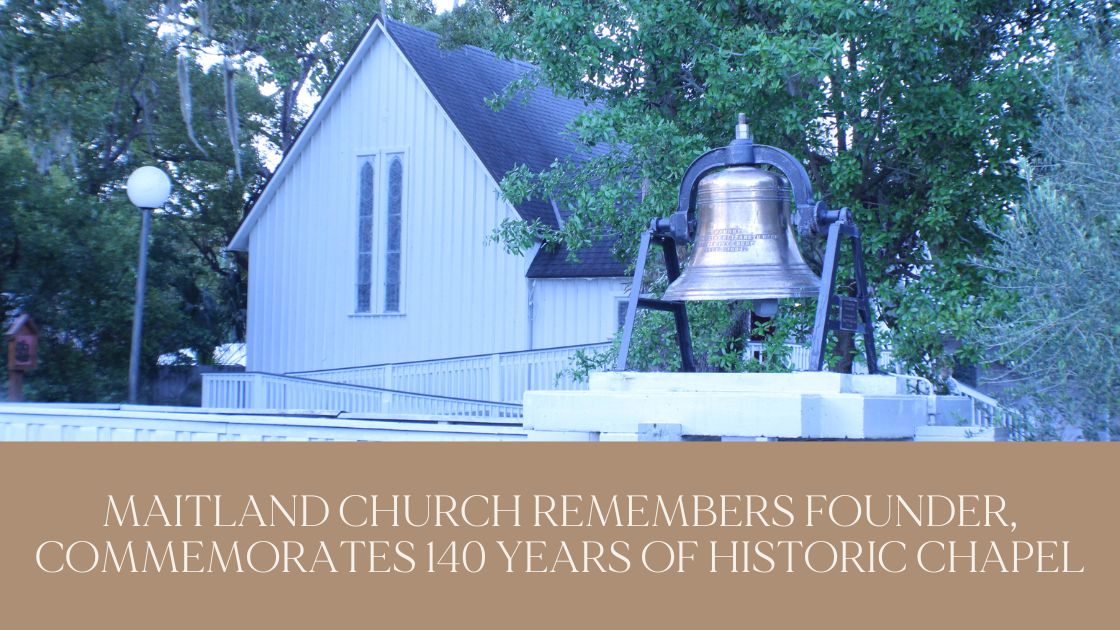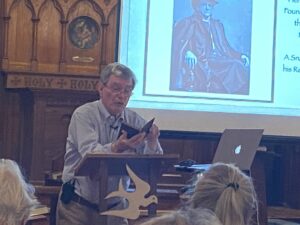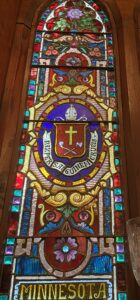
While the mission of Good Shepherd, Maitland, is to “make disciples of all people who are confident in their faith, filled with God’s Holy Spirit, and totally in love with Jesus!,” the congregation also recognizes the importance of its history. On its campus stands the church’s historic chapel, built in 1883, the same year the Brooklyn Bridge opened in New York City and “Life” and “Ladies’ Home Journal” published their first issues.
Good Shepherd marks its anniversaries, and the chapel’s significance, in 10-year increments. On March 22, the church, where the Rev. Karen Egerton serves as priest-in-charge, held a Day of Remembrance for its 140th anniversary. Church member Mr. Jim Sutton was on hand to commemorate and lead the congregation in a presentation about the chapel and its construction, assisted at times by Mr. Howard Sims, another parishioner.
“I’m a student of history, and once you know a little bit about the structure and the man who had it built, it’s kind of neat,” he said. “I taught history, so I’ve always enjoyed going to places that I taught about, to stand in the actual places where they were.”

Mr. Jim Sutton reads from Bishop Whipple’s journal. | Photo Credit: Erick Perez
Sutton’s presentation covered both the chapel and the life of its builder, the Rt. Rev. Henry Whipple, first bishop of Minnesota, whose home was across the street from the chapel’s location. Before coming to the Diocese of Central Florida, Whipple was a champion of Native American rights and protection, pleading their cause and convincing Abraham Lincoln to pardon 265 Dakota Indians who were sentenced to hang.
Sutton read extensively from a journal recounting Whipple’s interactions with Native Americans, including the Rev. Enmegahbowh, a Chippewa also known as the Rev. John Johnson, the first Native American ordained to the Episcopal priesthood.
After Whipple died, Enmegahbowh wrote of telling his fellow Native Americans what the bishop’s death meant: “My friends, the best friend our people ever had in this world, the great warrior, the great bishop, the great loving man has fallen,” he said.
“Our beloved bishop has stood for over 40 years and defended the defenseless,” the priest wrote later in his tribute to Whipple. “He has spoken and written for the rights of his red children, and that when no man gave much thought to the forlorn outcast of the world. … His has been a long battle for us. His Indian work has been blessed in the conversion of many. He has built churches and has ordained many Indian deacons who are doing their work faithfully.”
In his later years, Whipple relocated for the winter months to Maitland for his health and began conducting church services in the family home on Lake Avenue. After a family tragedy, Whipple built the chapel to memorialize his children.
“When the church was built, he built it in memory of the two children he lost,” Sutton said. “That’s why he established the church. It gave him a chance to be a parish priest again.”
Through a multimedia presentation, Sutton pointed out various elements of the chapel, including those Whipple incorporated into the design in honor of two of his departed children, Cornelia Ward Whipple Rose and John Hall Whipple.

Commemorative window in the historic chapel | Photo Credit: Erick Perez
“There are two windows dedicated to the children who passed away – one was a daughter, and one was a son,” Sutton said. “The son was murdered, and the daughter passed in her late 30s, according to various accounts.”
The bell, which currently sits in front of the chapel and was cast in 1888, originally sat on top of the building and was constructed to honor Catherine Elizabeth Ward, wife of the Rev. Charles Ward. She died in 1884, and the bell was forged in 1888. In 2014, Sims decided to have the bell refurbished in memory of his wife, Vi, who died in 2009.
“I was looking for something to remember her with, and I was looking around the church,” he said. “That old, corroded bell was out there, and the electrical didn’t work on it, and I said, ‘There’s a project.’”
Sims got in touch with the original foundry in Baltimore, Maryland, and the company agreed to refurbish the bell, which was shipped to Maryland. Sims later visited there to supervise the final stage of the repair work. Once the refurbishing was complete, the historic bell was put back in place.
The Chapel of the Good Shepherd was used as the church’s primary house of worship until a new building was constructed in 1969. For a time, when Good Shepherd held early-morning services, it was used more frequently, but today, according to Sutton, the chapel is “mostly used for funerals of individuals with close ties to the church.”
Whipple left an indelible mark with the chapel, but according to his granddaughter, Jane Whipple Burt, his time in Maitland gave him peace and purpose as well.
“In Maitland, my grandfather found the kind of contentment he could not have elsewhere,” she wrote. “Here he was the parish priest, close to the people, able to give them direct help … in Minnesota, he was the bishop, the administrator and overseer.”
